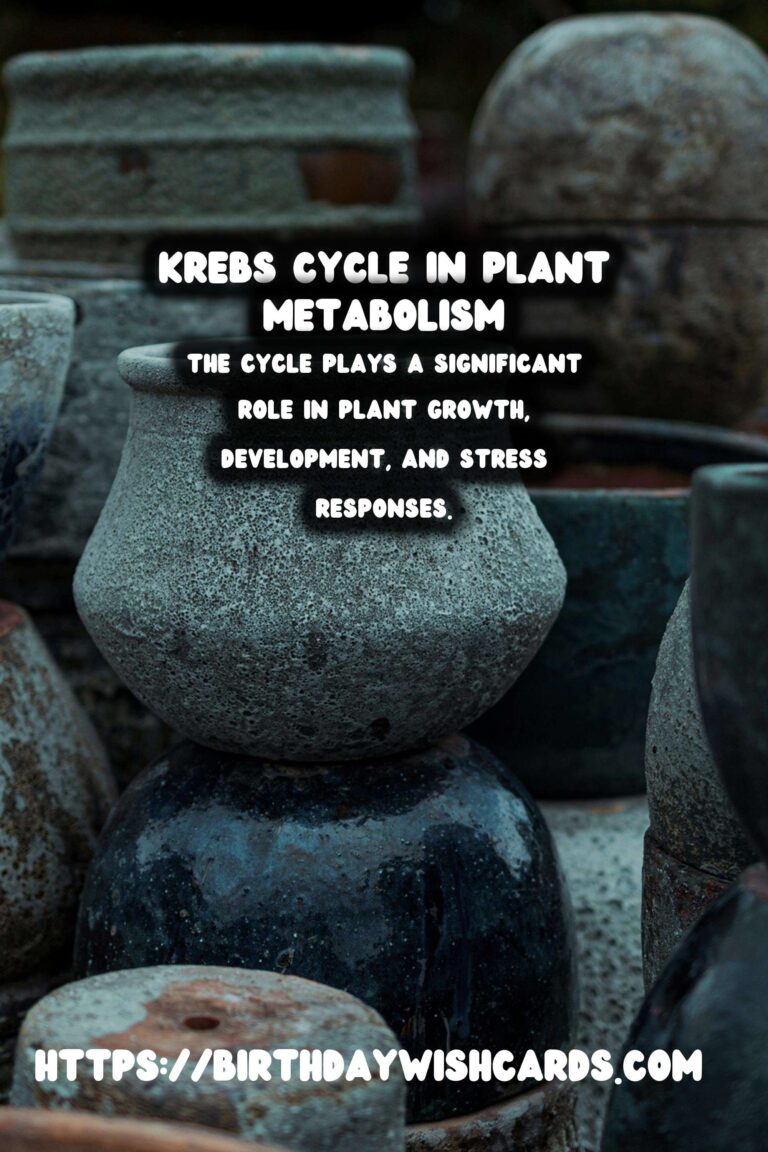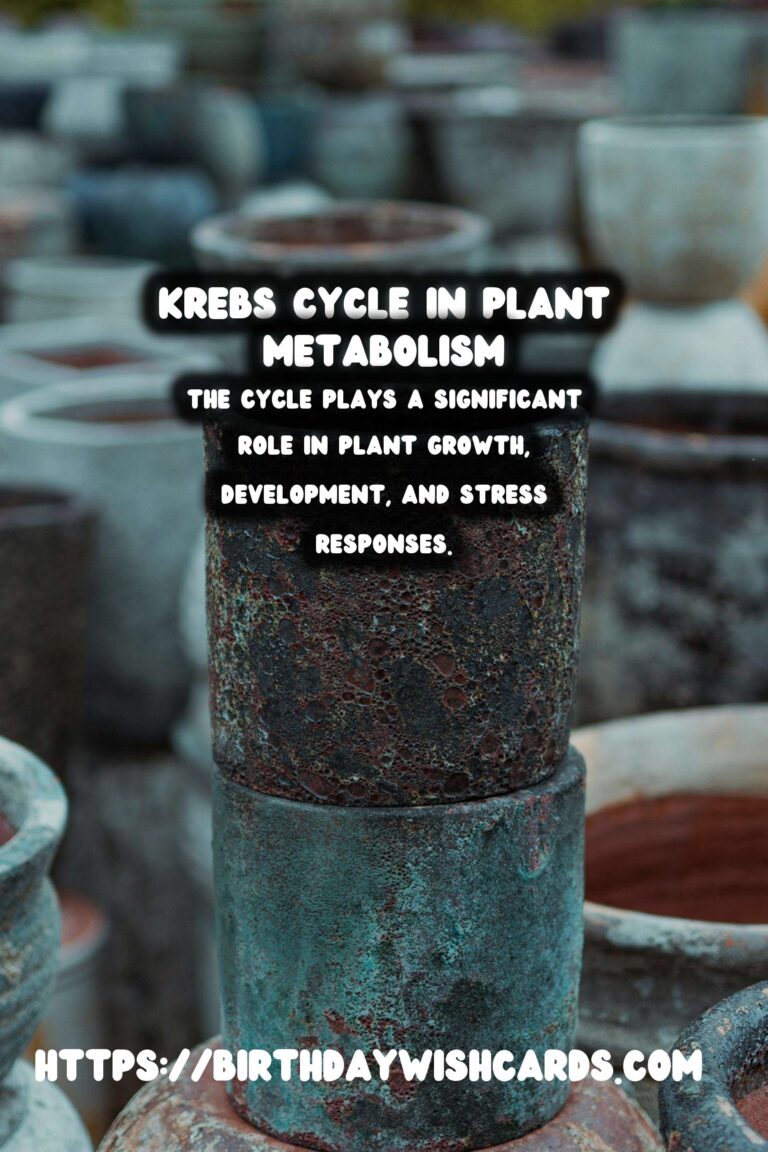
Plant metabolism is a complex process that involves various biochemical reactions necessary for the growth and sustenance of plants. Among these processes, the Krebs cycle, also known as the citric acid cycle, plays a crucial role. This cycle is fundamental to cellular respiration, where it helps convert nutrients into energy. In this article, we will delve into the intricacies of the Krebs cycle within plant metabolism, its importance, and its impact on plant life.
The Basics of Plant Metabolism
Plant metabolism encompasses all the chemical reactions that occur within plants to maintain life. These reactions are divided into catabolic and anabolic pathways. Catabolic pathways break down molecules to produce energy, while anabolic pathways use this energy to synthesize essential compounds.
Introduction to the Krebs Cycle
The Krebs cycle is a series of chemical reactions used by all aerobic organisms to release stored energy from carbohydrates, fats, and proteins. Named after Hans Krebs, who first identified the process in 1937, it takes place in the mitochondria, the powerhouse of the cell. In plants, the Krebs cycle is integral to converting pyruvate, derived from glycolysis, into carbon dioxide and high-energy molecules such as ATP, NADH, and FADH2.
Steps Involved in the Krebs Cycle
The Krebs cycle consists of eight main steps, each catalyzed by a specific enzyme:
- Formation of Citrate: Acetyl-CoA combines with oxaloacetate to form citrate.
- Conversion to Isocitrate: Citrate is rearranged to form isocitrate.
- Oxidation of Isocitrate: Isocitrate is oxidized to alpha-ketoglutarate, releasing carbon dioxide and producing NADH.
- Formation of Succinyl-CoA: Alpha-ketoglutarate is further oxidized, releasing carbon dioxide and forming succinyl-CoA, along with another NADH molecule.
- Conversion to Succinate: Succinyl-CoA is converted to succinate, generating ATP or GTP.
- Oxidation to Fumarate: Succinate is oxidized to fumarate, producing FADH2.
- Hydration to Malate: Fumarate is hydrated to form malate.
- Regeneration of Oxaloacetate: Malate is oxidized to regenerate oxaloacetate, generating NADH, and completing the cycle.
Importance of the Krebs Cycle in Plants
The Krebs cycle is vital for plants as it provides the energy required for various cellular processes. It plays a significant role in plant growth, development, and stress responses. Through the production of ATP, NADH, and FADH2, the cycle facilitates the synthesis of essential biomolecules, including amino acids and nucleotides.
Impact on Photosynthesis and Respiration
While the Krebs cycle is a component of cellular respiration, its impact extends to photosynthesis. During photosynthesis, plants convert light energy into chemical energy stored in glucose. The Krebs cycle helps in the utilization of this glucose, releasing energy needed for various cellular activities, thereby maintaining a balance between energy production and consumption.
Conclusion
In conclusion, the Krebs cycle is an essential part of plant metabolism that contributes significantly to their energy production and overall metabolic processes. Understanding this cycle not only provides insights into plant biology but also highlights the intricate mechanisms that sustain life on Earth. As research progresses, the knowledge of the Krebs cycle continues to be pivotal in enhancing agricultural productivity and addressing global food challenges.
The Krebs cycle is a crucial biochemical process in plant metabolism that converts nutrients into energy. It involves eight steps, each catalyzed by specific enzymes, to produce ATP, NADH, and FADH2. The cycle plays a significant role in plant growth, development, and stress responses. Understanding the Krebs cycle provides insights into plant biology and sustains life on Earth. 









#PlantMetabolism #KrebsCycle #Photosynthesis #Botany #Biochemistry




